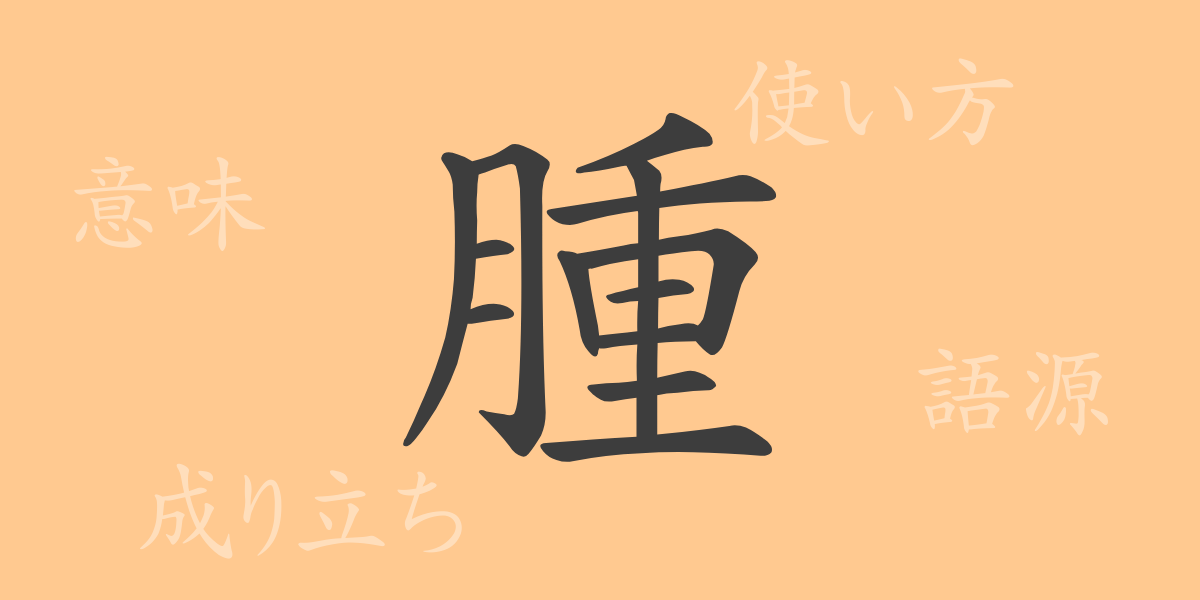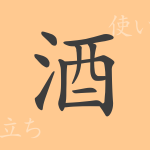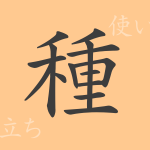Japanese written culture is profound, with kanji at its core, each possessing a complex background. The commonly used kanji “腫(しゅ)” is often overlooked in daily life, yet it is an important character frequently used in medicine and everyday conversation. This article delves into the origins, readings, meanings, and usage of “腫(しゅ),” as well as related idioms and phrases.
Origin of 腫(しゅ) (Etymology)
The kanji “腫(しゅ)” was formed in ancient China, symbolizing a swollen body part. It is composed of the radical 肉(にくづき), indicating flesh, combined with 主(しゅ), which provides the phonetic component. This combination signifies physical swelling or inflammation.
Meanings and Usage of 腫(しゅ)
“腫(しゅ)” primarily refers to swelling or tumors, where a part of the body becomes unusually enlarged. In medical terminology, it is often used to describe inflammations and tumors. It is also used metaphorically to describe problems or issues that grow larger, such as “腫れ上がる(はれあがる),” meaning to swell up or become significant.
Readings, Stroke Count, and Radical of 腫(しゅ)
Here are the readings, stroke count, and radical details for “腫(しゅ)”:
- Readings: The on’yomi (音読み) is “シュ,” and the kun’yomi (訓読み) is “はれる,” “はれ”
- Stroke count: “腫(しゅ)” has a total of 13 strokes
- Radical: The radical is 肉(にくづき), representing flesh
Idioms, Phrases, and Proverbs Using 腫(しゅ)
There are numerous idioms, phrases, and proverbs that include “腫(しゅ).” Here are a few examples:
- 腫瘍(しゅよう) – An abnormal swelling or growth within the body
- 腫れ物(はれもの) – A swollen area on the skin; metaphorically, it can also refer to a sensitive or problematic issue or person
- 腫れ上がる(はれあがる) – To swell up; can also describe a situation growing significantly worse
Conclusion on 腫(しゅ)
The kanji “腫(しゅ)” represents crucial concepts directly related to our health. Its applications range from medical terminology to everyday conversation, and even idiomatic expressions and proverbs. We hope this article has deepened your understanding of “腫(しゅ)” and provided an appreciation for the richness of the Japanese language.

























